Do you get bored of teaching the same old trigonometry lectures that seem to go over students’ heads? We believe in breaking the mold and making learning enjoyable at Makers’ Muse. Consider a school where trigonometry is more than simply angles and triangles on a whiteboard, but where robots come to life to teach these essential principles.
Robots, you say? Absolutely! Our innovative approach to education involves incorporating robotics into trigonometry teaching, turning what could be a dull subject into an interactive and engaging experience for school kids.
But how does it work?
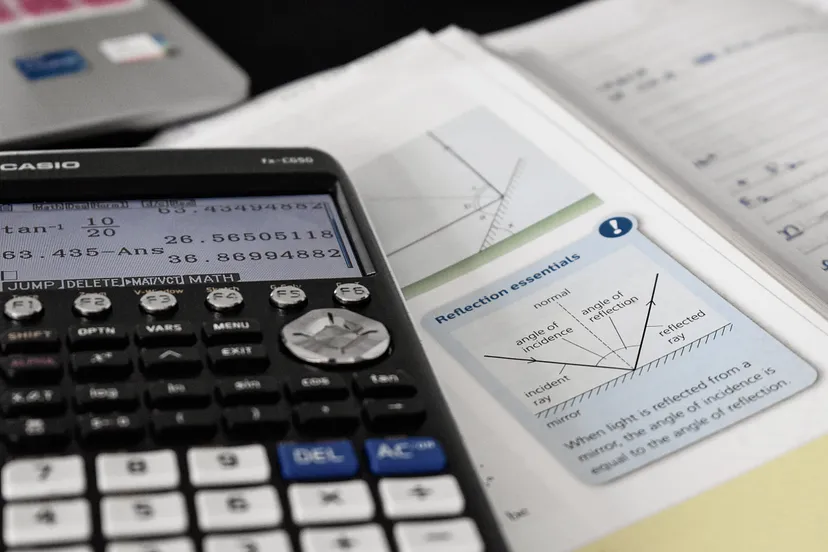
1. Introduction to Trigonometric Ratios:
Begin with the basics — sine, cosine, and tangent. Illustrate these trigonometric ratios using robots to represent the angles and sides of a right-angled triangle. Program a robot to move at an angle relative to a straight path. Students then measure the distance travelled along the path (adjacent side) and perpendicular to it (opposite side) to calculate the ratios.
Coding Platforms: mBlock, Scratch, TinkerCAD, Ozobot
2. Robotics and Angle Measurement:
Dive into angular measurement by having students program robots to rotate specific angles. Discuss how these angles relate to the unit circle and trigonometric functions. Use a robot as a compass, programming it to turn to specific degrees. This practical application helps students visualize angles and understand their trigonometric counterparts.
Coding Platforms: VEXcode, MakeCode for micro:bit, Blockly
3. Trigonometry in Robot Arm Movements:
Explore the application of trigonometry in robot arm movements. Discuss how angles and lengths of arms relate to trigonometric functions. Program a robot arm to pick up an object from a specified location on a grid. Students will need to apply trigonometric principles to ensure accurate positioning.
Coding Platforms: EV3-G (for LEGO Mindstorms EV3), RoboBlockly, Python with Raspberry Pi
4. Trigonometry in Robotics Navigation:
Extend the understanding of trigonometry to robot navigation. Teach how robots can use trigonometric concepts to navigate and avoid obstacles. Set up a maze with obstacles, and challenge students to program a robot to navigate through using trigonometric calculations to determine optimal paths and avoid collisions.
Coding Platforms: RobotC, ROS (Robot Operating System), Arduino with Ultrasonic Sensors
5. Trigonometry and Sound Waves:
Connect trigonometry with waveforms and sound. Introduce the concept of sine waves and how they relate to robot-generated sounds. Have students program a robot to produce different pitches by manipulating the frequency of a sound wave. Discuss the trigonometric functions involved in wave representation.
Coding Platforms: Sonic Pi, Python with sound libraries, Arduino with buzzer components
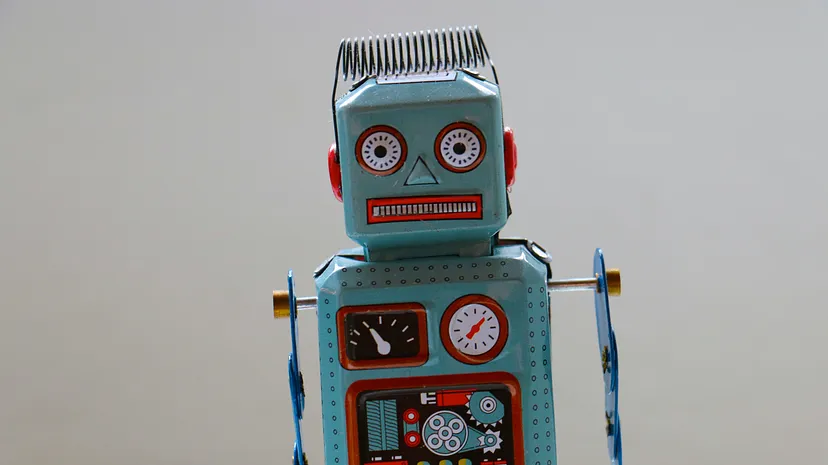
Combining trigonometry and robotics not only makes the topic more practical, but it also promotes problem-solving abilities through real-world applications. Combining coding platforms with hands-on robots creates an immersive learning experience in the middle school classroom that brings trigonometry to life.
At Makers’ Muse, we believe that education should be a dynamic, engaging journey. By integrating robotics into trigonometry lessons, we’re transforming the traditional classroom into a playground of discovery. So, the next time someone asks, “Have you ever used robotics to teach trigonometry to school kids?” at Makers’ Muse, our answer is a resounding, “Absolutely, and it’s a game-changer!”

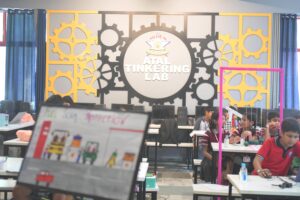

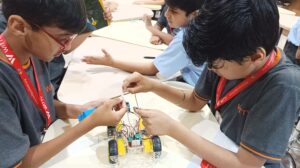
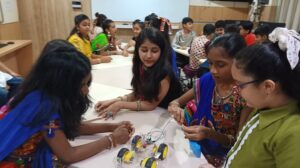

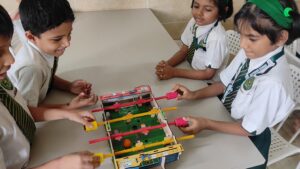
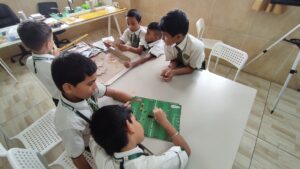
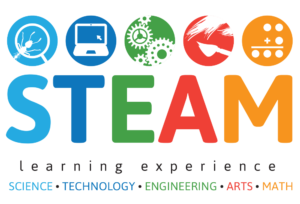
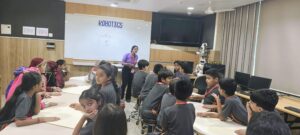
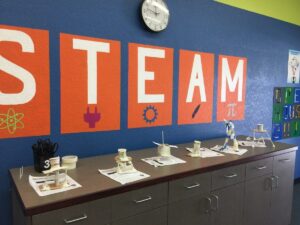

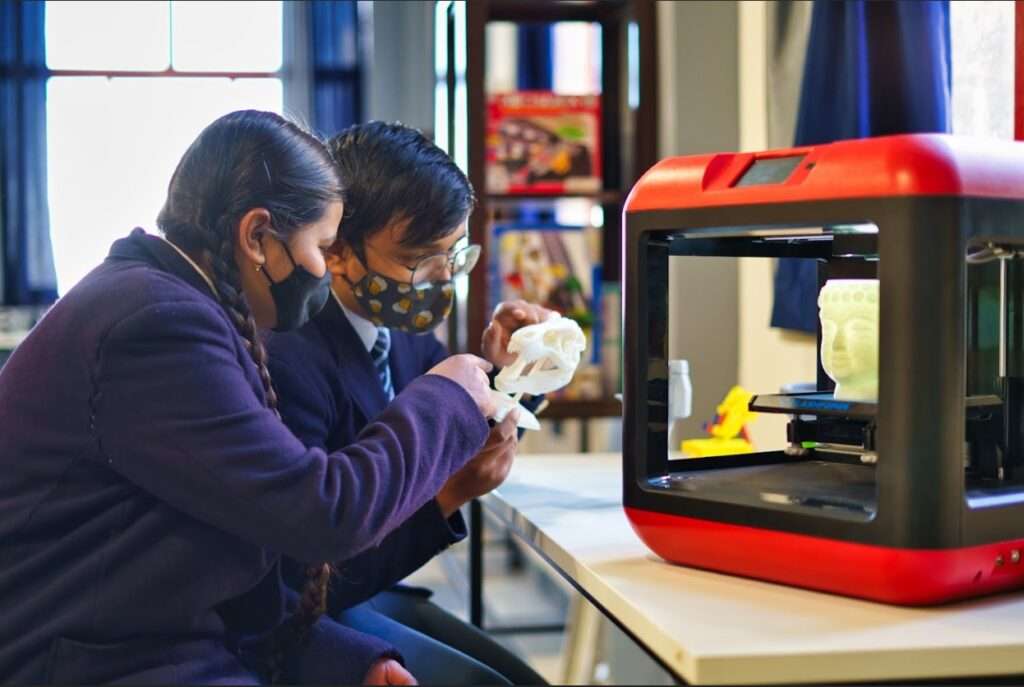
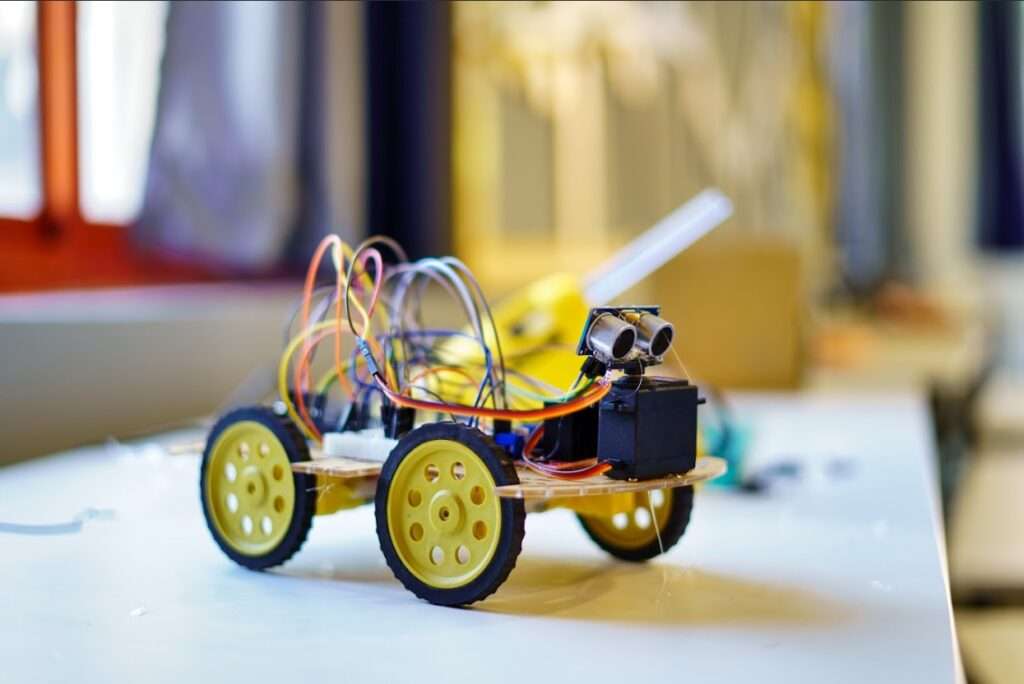
This Post Has 4 Comments
Can you be more specific about the content of your article? After reading it, I still have some doubts. Hope you can help me.
Thank you for your feedback! Please feel free to reach out at hello@makersmuse.in, and I’d be happy to clarify any specific doubts you have about the article.
Thanks for sharing. I read many of your blog posts, cool, your blog is very good.
Thank you for your kind words! If you have any questions or feedback, feel free to reach out to us at hello@makersmuse.in.